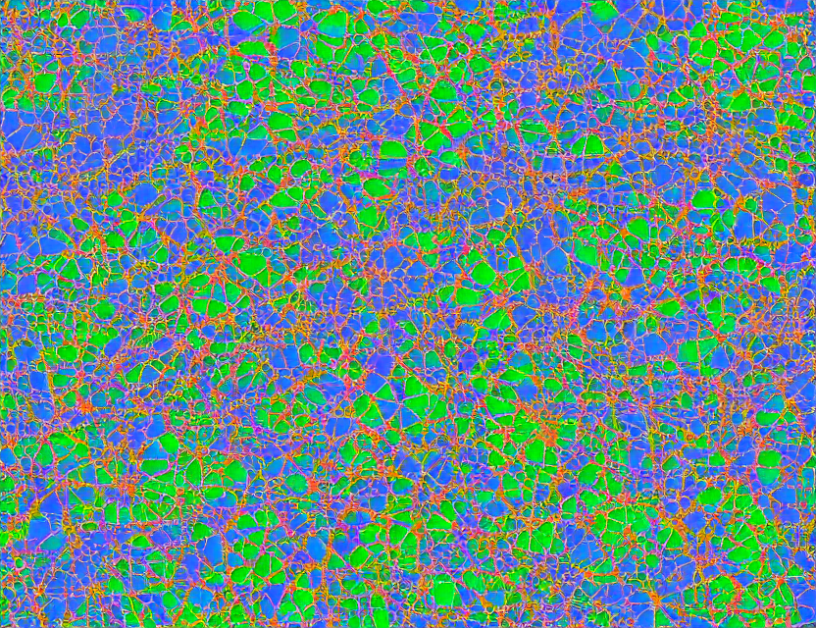In this paper, we explore the potential of leveraging medical Twitter data to develop a visual-language foundation model for pathology AI. This model aims to improve the accuracy and efficiency of pathological image analysis by combining computer vision and natural language processing techniques. By analyzing tweets containing medical terminology, we can create a large dataset that can be used to train our foundation model.
Contrastive Learning
As a dominant branch of self-supervised learning (SSL) methods, contrastive learning (CL) has shown great promise in improving the performance of pathological image analysis tasks. CL focuses on exploiting image similarity as a means to discern and categorize images concerning others. By training a model to generate an image’s representation based on its similarity to other images in the dataset, we can effectively capture the underlying patterns and relationships present in the data.
Pretext Tasks
In SSL, pretext tasks are used to create supervised signals from unlabelled data. The essence of pretext tasks involves generating labels for the data itself through indirect means. By using a pretext task such as contrastive learning, we can create a large dataset that can be used to train our foundation model without requiring manual annotation.
Visual-Language Foundation Model
Our proposed visual-language foundation model combines the strengths of both computer vision and natural language processing techniques. By integrating these two domains, we can leverage the rich linguistic information present in medical tweets to improve the accuracy and efficiency of pathological image analysis. Our model is designed to be flexible and adaptable, allowing it to learn from a wide range of data sources and tasks.
Advantages and Future Work
The use of Twitter data offers several advantages for developing a visual-language foundation model. Firstly, it provides a large and diverse dataset that can be used to train our model without requiring manual annotation. Secondly, it allows us to leverage the rich linguistic information present in medical tweets to improve the accuracy and efficiency of pathological image analysis. Finally, by leveraging pretext tasks such as contrastive learning, we can create a foundation model that is both generalizable and adaptable to new tasks and domains.
In future work, we plan to explore other potential sources of data for developing our visual-language foundation model. For example, we may consider incorporating data from medical images themselves, or even using textual information from medical reports and literature. Additionally, we aim to investigate the use of multimodal fusion techniques to combine the strengths of both computer vision and natural language processing approaches.
Conclusion
In this paper, we have proposed a novel approach for developing a visual-language foundation model for pathology AI using medical Twitter data. By leveraging contrastive learning and pretext tasks, we can create a large dataset that can be used to train our model without requiring manual annotation. Our proposed model combines the strengths of both computer vision and natural language processing techniques, allowing it to learn from a wide range of data sources and tasks. We believe that our approach has significant potential for improving the accuracy and efficiency of pathological image analysis, and we look forward to exploring its further applications in future work.



